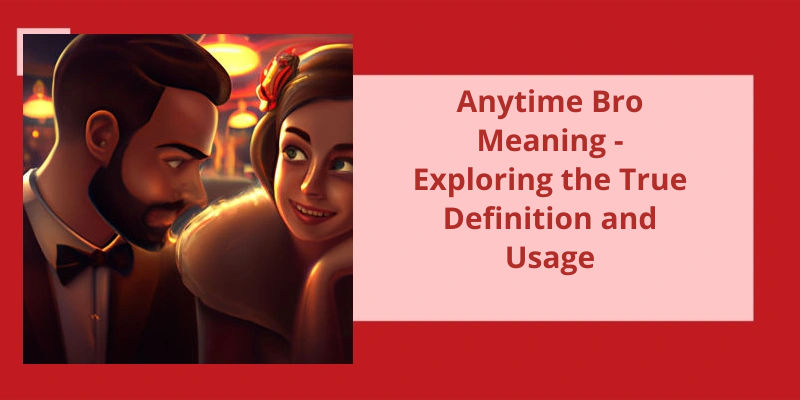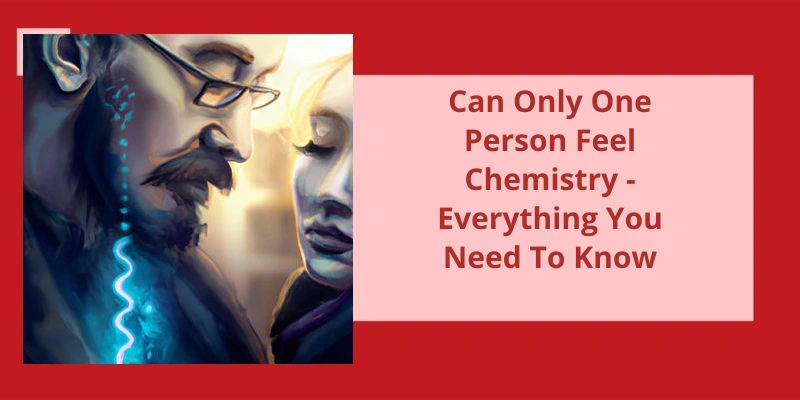As humans, we navigate a complex and ever-changing world. In this fast-paced environment, communication is key, and that's why we rely on email to stay connected. However, things don't always go smoothly, and sometimes there are bumps in the road. For instance, you may have sent an email requesting assistance or clarification, and the person on the other end responded by saying they'll get back to you. As reassuring as this may sound, you may find yourself wondering when you'll receive a follow-up. Fear not, for this is a common experience, and one that we can all learn from. But before we delve into the details, let's take a step back and consider why we use email in the first place.
How Do You Politely Ask for Reply Email?
When crafting a formal email, it’s essential to maintain a sense of professionalism and clarity in your communication. If you’re expecting a reply or response from the recipient, it’s perfectly acceptable to ask for one in a polite and straightforward manner. However, you need to be careful about the language and tone of your request to avoid sounding pushy or demanding.
One way to ask for a reply in a formal email is to use phrases that convey your appreciation for the recipients time and effort. For instance, you could say, “Thank you in advance for your prompt response,” or “I’d be grateful if you could let me know your thoughts on this matter.”. These expressions show that you value the recipients input and aren’t taking their time for granted.
Another way to politely ask for a reply is to phrase your request as a question. This approach can be particularly effective if you’re seeking the recipients opinion or feedback on a specific issue. For example, you could write, “Could you please share your insights on this topic?” or “Would you be able to provide some feedback on this proposal?”
When asking for a reply, it’s important to be clear about your expectations regarding the timing of their response. You could use phrases such as “at your earliest convenience” or “in the next few days” to communicate your timeframe. Additionally, if the matter is urgent, you should make this clear in your email and ask for a response as soon as possible.
It’s also crucial to use a courteous and respectful tone when making your request. Avoid sounding demanding or confrontational by choosing your words carefully. For example, instead of saying “I need your reply ASAP,” you could say “It would be much appreciated if you could reply as soon as possible.”
Finally, when asking for a reply, it’s a good practice to express your willingness to provide further information or clarification if needed. This approach shows that you’re open to discussion and collaboration and are committed to finding the best possible outcome.
Communication is an essential aspect of both personal and professional life. In today’s digital age, emails and chat messages have assumed great significance, as they help us to keep in touch with colleagues, friends, and family. However, there are times when we need to put off responding to an email or chat message to gather more information or find a suitable response. This is where phrases like “I’ll get back to you” come into play. In this article, we present 15 variations of this phrase that you can use in your emails and chat messages.
How Do You Say I Will Get Back to You in Email?
When crafting an email response, it’s important to convey a sense of professionalism and courtesy. One phrase commonly used to express a willingness to continue a conversation is “I’ll get back to you.”. This phrase suggests that the recipients message is important and that the sender is actively working on a response. However, simply stating “I’ll get back to you” can come across as impersonal or even dismissive. As such, it may be helpful to consider alternative phrasing that conveys the same sentiment in a more engaging way.
One approach is to provide a specific timeframe for when the sender anticipates being able to provide a response. For example, “I’ll get back to you within the next 24 hours” shows that the sender understands the importance of timely communication and is committed to providing a response as soon as possible. Similarly, “I’ll have an answer on that shortly” suggests that the sender is actively working on a response and is confident that they’ll be able to provide one in the near future.
Another option is to acknowledge the recipients message and express appreciation for their inquiry. For instance, “Thank you for reaching out. I’ll follow up with you as soon as I’ve more information” shows that the sender values the recipients input and is committed to keeping them informed. Similarly, “Let me research that and get back with you” suggests that the sender is taking the recipients question seriously and is willing to put in the time and effort necessary to provide a thoughtful response.
It may also be helpful to personalize the message by adding some context. For example, “Im currently swamped with other requests, but I’ll prioritize your question and get back to you soon” shows that the sender is juggling multiple tasks but still values the recipients input. Conversely, “Im not sure I understand your question fully. Could you provide some more information so I can get back to you with a more complete answer?” shows that the sender is engaged with the recipients message and wants to ensure they provide a thorough response.
Effective email communication is an essential part of modern-day business, and getting someone to respond can be a challenge. Politeness, empathy and transparency are key factors in crafting a follow-up email that will prompt the desired response. In this article, we provide tips on how to ask someone to get back to you in an email and how to structure your email for success.
How Do You Ask Someone to Get Back to You in an Email?
Asking someone to get back to you in an email can seem like a daunting task, but it doesn’t have to be. The key is to structure your follow-up email in a way that makes it clear that you’re looking for a response. This can be done by starting off the email with a polite and friendly greeting that acknowledges the recipients busy schedule.
Once you’ve established a friendly tone, it’s important to make it clear that you’re expecting a response. This can be done by providing a clear deadline for the recipient to respond, ideally within a reasonable time frame. You can also provide additional information about the request or inquiry to help motivate the recipient to respond.
Another important factor to consider when asking for a response in an email is politeness. It’s important to use language that’s friendly and courteous, while still making it clear that you’re looking for a response. This can be done by using phrases such as “I’d appreciate your prompt attention to this matter” or “Please let me know your thoughts at your earliest convenience.”
In addition to being polite, it’s also important to be empathetic when sending follow-up emails. Acknowledge the recipients busy schedule and offer to help in any way possible. This can help to build a positive relationship with the recipient and increase the chances of a response.
Finally, it’s important to be clear about the timeline for completing the requested task. This can be done by providing a specific deadline or by offering to follow up again after a certain amount of time has passed. By being clear about the timeline, you can help to ensure that the recipient understands the urgency of your request and is more likely to respond in a timely manner.
When it comes to replying to emails, it’s important to maintain a professional and courteous tone. Using appropriate language and expressions can go a long way in establishing good communication and building lasting relationships. In this article, we’ll explore some effective ways to respond back to an email in a professional manner.
How Do You Respond Back to an Email Professionally?
Responding to an email professionally is an important skill that can greatly benefit our personal and professional lives. One important thing to keep in mind is timing. Responding to an email in a timely manner shows that you’re organized, reliable, and respectful of the senders time. Therefore, it’s advisable to reply to an email as soon as possible but no later than 24 hours after receiving it.
In addition to timing, it’s important to use a professional tone when responding to an email. This means using formal language and addressing the sender by their appropriate title (e.g., Mr., Mrs., Dr.). It’s also important to make sure that your email is well-written and free from errors. Proofreading your email before sending it can help you avoid mistakes that may detract from your professionalism.
When closing your email, it’s always a good practice to express gratitude and convey enthusiasm about the opportunity being presented to you. Phrases such as “Thank you for your consideration” or “I appreciate your time and attention to this matter” not only demonstrate your appreciation for their time and resources but also leave a positive impression of you as an individual and potential partner.
Another effective way to end your email on a professional note is by expressing your eagerness to work with the receiver. Words such as “I look forward to hearing from you soon” or “I’m excited at the prospect of working together” communicate your commitment to collaboration and your enthusiasm about the opportunity.
Lastly, it’s important to always offer assistance and invite further communication from the receiver. Close your email by offering to provide additional information or insight and make sure to convey that you’re always open and available to answer any further questions or discuss the matter further.
It’s important to keep in mind the timing, tone, and content of your reply to ensure that you’re taken seriously and present a positive impression of yourself. Keep your language formal, your tone respectful, and finish your email on a positive note by expressing your gratitude, eagerness to work, and availability to follow up.
Source: How to reply to an email professionally – DocFlite
Conclusion
In today's fast-paced world where communication has become increasingly digitized, it’s essential to maintain professionalism and courteousness in our interactions with others. This is particularly true when it comes to email communication, where tone and language can easily be misconstrued. In the case of the message at hand, it’s heartening to see that the sender is taking the necessary steps to investigate the issue raised and is committing to getting back to the recipient as soon as possible. This shows a level of accountability and responsibility that’s commendable, and is a testament to the importance of effective communication in building trust and maintaining positive working relationships. As we continue to navigate the challenges and opportunities of our digital age, let’s remember the value of respectful and timely communication in all our interactions.






